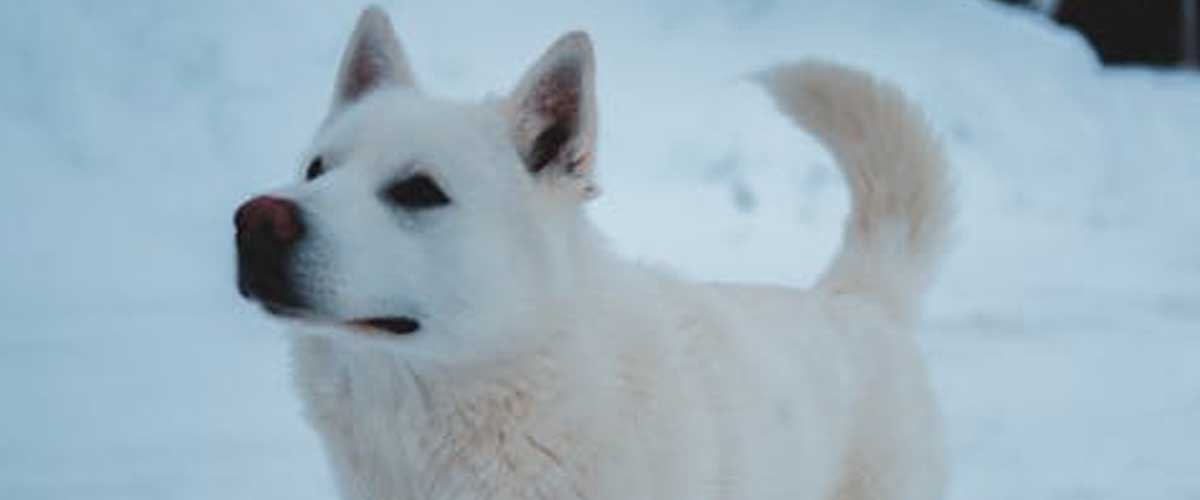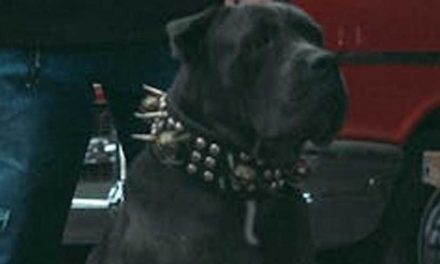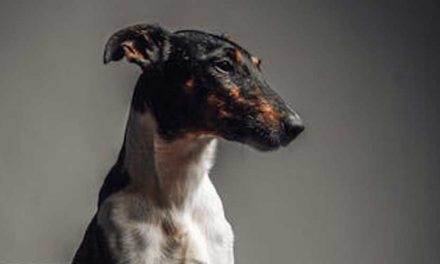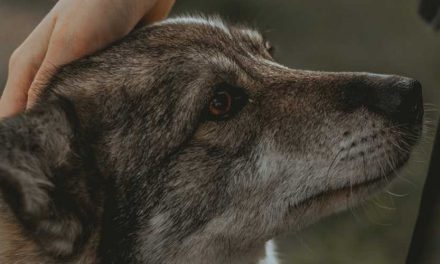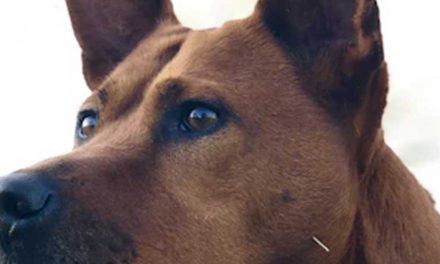The Eskimo Dog, often known for its strength and resilience, is a captivating breed with a rich history rooted in the Arctic regions.
These hardy canines were originally bred by the Inuit people, who relied on them for their ability to pull sleds over vast snow-covered terrains.
Their impressive endurance and agility made them invaluable companions in harsh climates, showcasing traits that have enchanted dog lovers for generations.
Origins and History
The Eskimo Dog’s ancestry can be traced back thousands of years, with its lineage deeply intertwined with the indigenous cultures of the Arctic.
Traditionally, these dogs were not just working animals; they also played a significant role in the everyday lives of the Inuit, helping with hunting and providing warmth and companionship during long, frigid nights.
Over time, their remarkable adaptability to cold climates has made them a distinctive breed in various regions around the world.
Physical Characteristics
Eskimo Dogs are medium to large-sized dogs, characterized by a well-muscled body and a sturdy build.
They typically weigh between 65 to 85 pounds and stand around 20 to 24 inches tall at the shoulder.
One of their most striking features is their dense double coat, which consists of a thick outer layer and a soft undercoat, providing insulation against the cold.
Their coat can come in a variety of colors, including white, gray, and black, often with unique markings.
Additionally, Eskimo Dogs possess strong, powerful legs built for speed and endurance, making them exceptional working dogs.
Their bushy tails, which curl over their backs, add to their distinctive appearance and help keep them warm in extreme weather conditions.
Temperament and Personality
Known for their friendly and affectionate nature, Eskimo Dogs are loyal companions who thrive in active households.
They possess a playful and curious disposition, making them great companions for families, especially those who enjoy outdoor activities.
These dogs are intelligent and eager to please, which contributes to their trainability.
However, they can be independent and willful, so consistent training and socialization are crucial from a young age.
Despite their friendly demeanor, Eskimo Dogs are also protective of their families and can be wary of strangers.
Early socialization is essential to ensure they develop into well-rounded pets who can comfortably interact with people and other animals.
Care and Maintenance
Caring for an Eskimo Dog necessitates regular grooming due to their thick coats.
During shedding seasons, which occur twice a year, these dogs may require more frequent brushing to manage loose fur and keep their coats healthy.
Regular baths are also important, but over-bathing should be avoided to maintain the natural oils in their fur.
Exercise is vital for this breed, as they are highly energetic and thrive on physical activity.
Daily walks, playtime, and mental stimulation are essential to keep them happy and healthy.
It’s important to ensure they have a secure yard or an area to run and explore safely.
While Eskimo Dogs have no severe breed-specific health issues, they can be prone to hip dysplasia and certain genetic conditions.
Regular veterinary check-ups, a balanced diet, and a healthy lifestyle will help mitigate these risks.
Conclusion
The Eskimo Dog is more than just a breed; it is a testament to the bond between humans and their canine companions that has flourished over the centuries.
Their enduring loyalty, strength, and vibrant personality make them a cherished addition to any family willing to engage in an active lifestyle.
With proper training, grooming, and plenty of love, an Eskimo Dog can bring joy and companionship for years to come.
Whether as a working partner or a beloved family pet, the Eskimo Dog truly embodies the spirit of resilience and loyalty.

